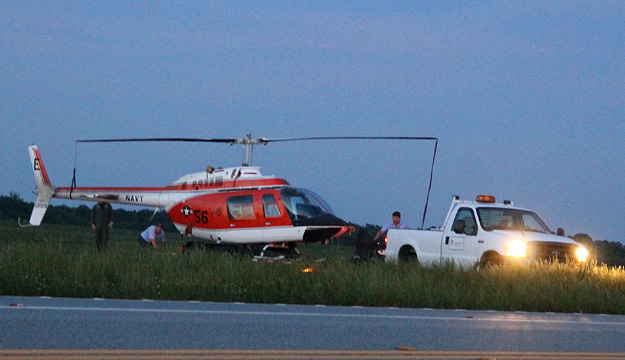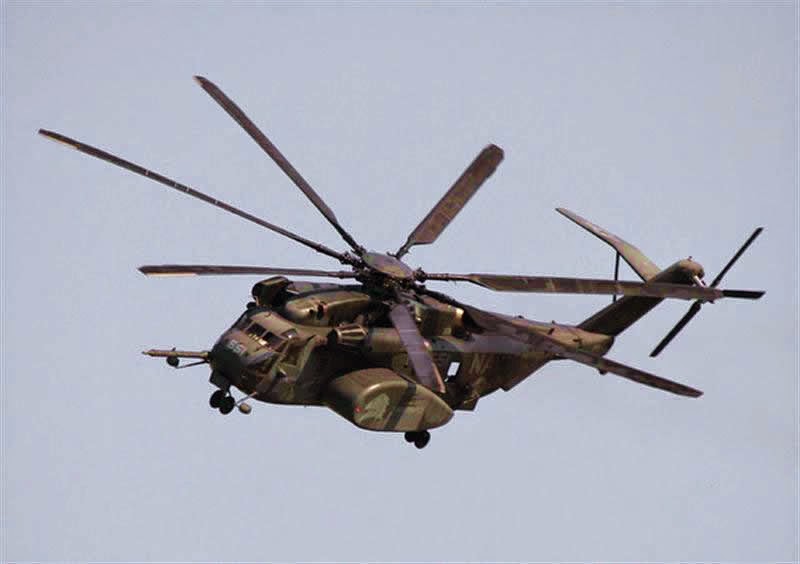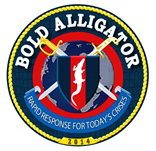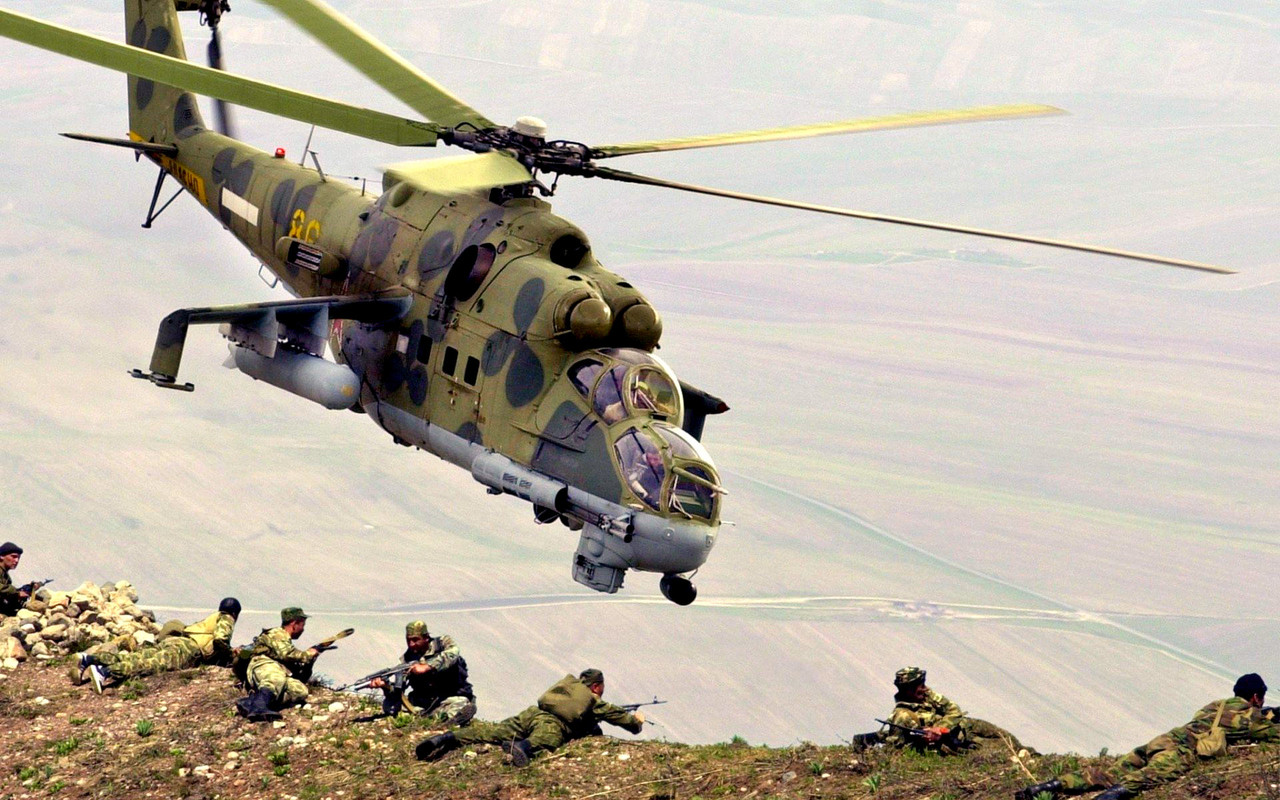US Navy SeaRanger Makes Emergency Landing in Florida
http://www.northescambia.com/2014/05...ding-in-molino
A US Navy Bell TH-57 SeaRanger training helicopter from Whiting Field Naval Air Station made an emergency landing late Wednesday afternoon in Molino, Florida.
A warning light in the aircraft prompted the pilot to make a controlled landing in a field next to Highway 97 across from Molino Park Elementary School. There were no injuries to the helicopter crew.

A US Navy SeaRanger landed next to Highway 97 in Molino Florida Wednesday afternoon in response to a technical warning
A witness said the helicopter made what appeared to be an ordinary, controlled approach and landing in the field.
A truck and trailer from Whiting Field was dispatched to recover the aircraft and personnel.
A warning light in the aircraft prompted the pilot to make a controlled landing in a field next to Highway 97 across from Molino Park Elementary School. There were no injuries to the helicopter crew.

A US Navy SeaRanger landed next to Highway 97 in Molino Florida Wednesday afternoon in response to a technical warning
A witness said the helicopter made what appeared to be an ordinary, controlled approach and landing in the field.
A truck and trailer from Whiting Field was dispatched to recover the aircraft and personnel.













Comment